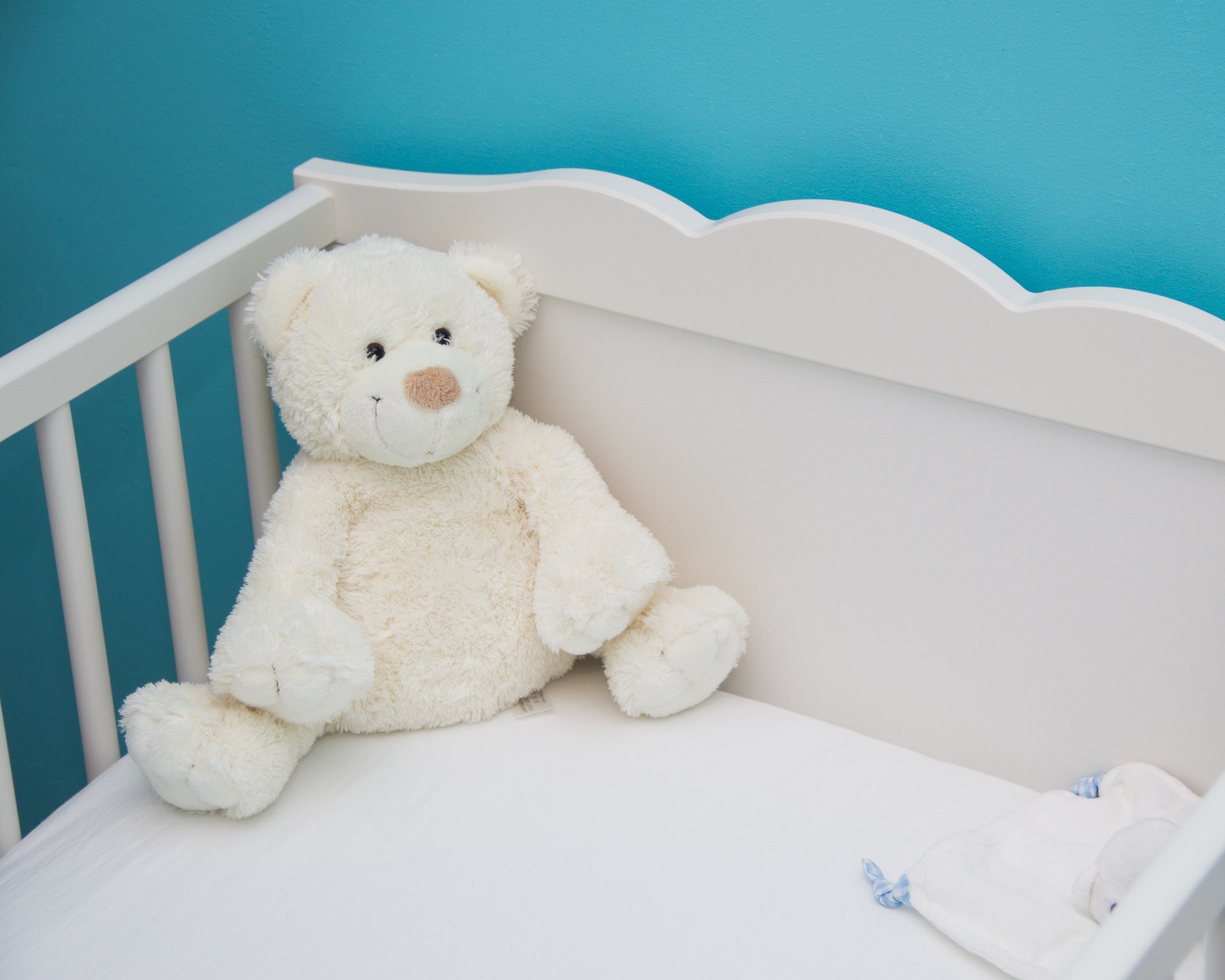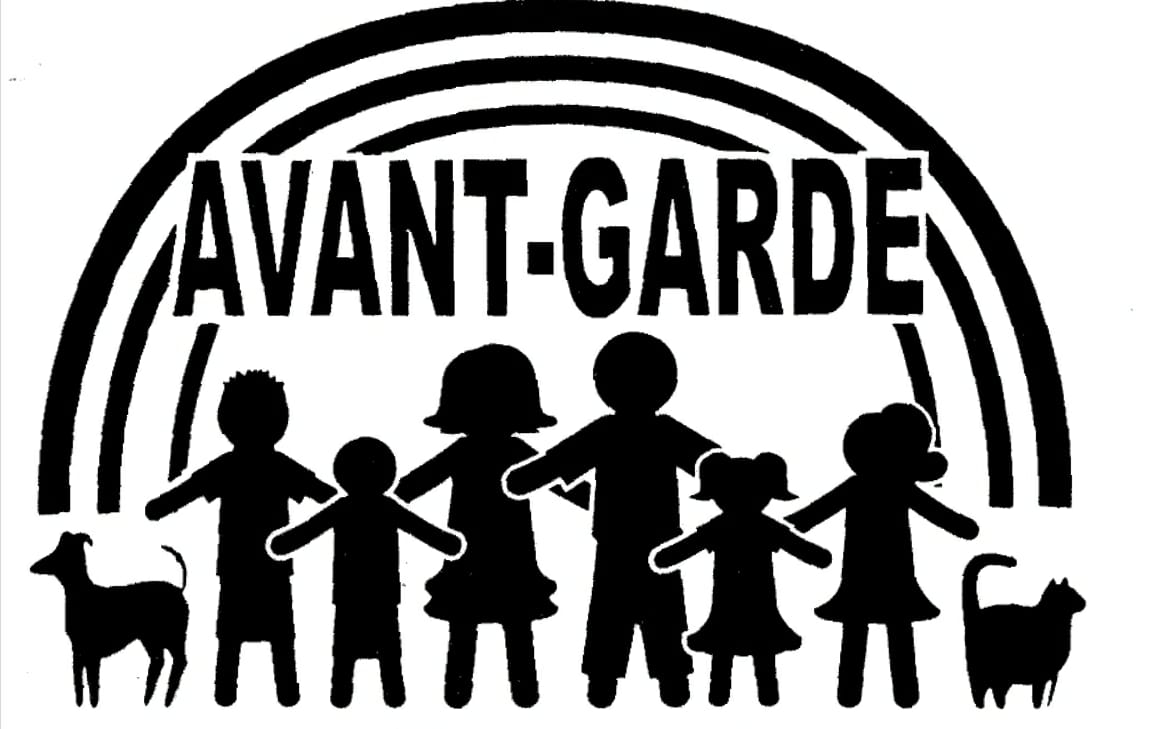
As you go through the process of becoming a Resource Parent, you’ll have plenty to consider while preparing for the arrival of your child. The state mandates some specific guidelines that we address during your orientation, and later your home inspection.
But certainly, you want to go beyond the bare necessities to assure any child that comes into your home feels safe and welcomed.
Let’s look at what you can do to design an inviting bedroom space for your new foster child(ren).
The room:
•The bedroom must be a minimum of 10’x10’ and include a built in closet. If there is no closet, a standing wardrobe may suffice.
•The room must have a window with a screen and no bars.
•Good lighting is a requirement.
•The walls and floors must be in good repair.
That covers the legal requirements, but you want to create a loving, warm, welcoming environment.
Nothing freshens up a room like a coat of paint. Painting is an inexpensive upgrade that can be accomplished in under a weekend. Choose a color that’s not too bright or harsh to achieve a calm environment. A soft yellow can be quite cheerful, and a rich tan color creates a sophisticated look. Don’t forget to freshen up the ceiling if needed.
The bed(s):
Depending on the age and quantity you have specified, you may have up to two beds, two cribs, or a bed and a crib. You may choose to use a bunk bed, but it must be in good repair and have safety rails. Only children six and older may sleep on an upper bunk.
All beds must be on bed frames. It’s not acceptable to put a mattress on the floor.

When deciding on furniture placement, look at the room from the perspective of a child. What will she see from her bed? What can he reach from the crib? Can they reach the lamp?
From a safety perspective, can you peek in at night and easily see the baby from the doorway? Does the door have clearance to open fully? Is the bed blocking anything? Is there a TV or heavy object that can fall and cause injury?
Linens:

How you dress the bed can make a great impact on the atmosphere of the bedroom. While the bedding must include a mattress pad, fitted sheet, top sheet and blanket, the design is up to you.
Consider keeping the bedding simple unless you’ve specifically requested only boys or only girls. By keeping the design neutral, you’re free to incorporate the new child’s favorite colors into their new room. A new comforter, a throw pillow, and a stuffed animal will make the space their own.
Always have an extra blanket available. A frightened child may feel comforted by the added weight and warmth. They’ll likely be shy about asking for one, so point it out and make it easy to reach.
Other furnishings:
Dresser. While you must include a dresser in the room, be sure it’s in good repair, and the drawers are safe, clean, and functional. Anchor the dresser to the wall to prevent accidental tipping.
Lighting. Many homes don’t have overhead lighting in the bedrooms, so lamps will need to be placed in areas that allow good visibility for reading and other tasks. Consider usability and safety when choosing style and placement.

Bookshelves. There’s nothing better than a shelf full of child-friendly books. If you have the room, include a bean-bag chair or a small rug to create a reading nook. Make sure to anchor shelves to the wall for safety.
Night table. A small night stand next to the bed allows the child to place personal items close at hand. Include a lamp to provide the child control over their lighting.
Work surface. If room allows, a small desk can be ideal for homework or drawing and coloring, away from the noise and bustle of family life. Some families prefer to keep these activities in the public spaces of the home. You’ll use your discretion based on the needs of the child(ren) in your home.
Toy box. Keep toys organized in bins on a shelf, or use a toy box that is safety approved. Be thoughtful in choosing toys that are age appropriate and in good condition. Too many toys can cause mess and stress for you and the child.
Be Prepared With the Extras:
Everyone knows it’s the little touches that make all the difference. More often than not, children enter your home with very little of their own possessions. This is your opportunity to bring them back to a sense of “normal” as quickly as possible.
Add the following items to a pretty basket to make the child feel right at home.
•Toys, especially stuffed animals. Some items should become the personal property of the child, so be sure to provide clean, new, and age appropriate toys.
•Books. Provide a variety of genres and reading levels, including picture books. Be sensitive to a foster child’s state of mind when selecting topics.
•Blankets. As mentioned above, extra blankets can be very comforting. An extra soft one that the child can keep as their own is perfect.
•Night light. A fear of the dark is common with many children, especially those who have experienced trauma. A flashlight is another good idea, as it gives the child some control over their environment.
•Picture frames. Provide a family environment by taking and printing pictures of your new family and displaying them throughout the home.
•Art work. Prints with inspirational, loving messages or age appropriate posters will dress up a room and send the message that they are loved and at home.
 •Coloring books, crayons, colored pencils, and other art supplies. Always use age appropriate art supplies only. Take time to do crafts with your child.
•Coloring books, crayons, colored pencils, and other art supplies. Always use age appropriate art supplies only. Take time to do crafts with your child.
•Trash can. We all need a place to put our dirty tissues and other garbage.

•Basket of toiletries: Include a new toothbrush, hairbrush, hair accessories, shampoo & conditioner, lotion, etc. Consider some basic “first-night” supplies that can get you by until there’s time for a shopping trip with the child.
•Clothing. Although you may not be prepared with exact sizes, having a small supply of emergency clothing items will come in handy. An oversized pajama shirt, a one-size-fits-all robe, and some generic sweats and tee-shirts can ease the distress of the first night and morning.
Safety Concerns
Occasionally children coming from trauma will have trouble expressing anger and frustration. It’s best to only have “safe items” in the bedroom. Avoid an excess of display items and fragile decorations.
For added security, you may add an alarm to the windows and doors of your home. This will signal if a window or door opens. Remember, you cannot have bars on the windows.
You may use a baby monitor, but NO camera monitors are allowed inside the home. Cameras outside the home are okay.
Be sure to update your first aid kit and keep it where you can easily grab it should the need arise. Add enough food and water to your emergency supply to include your new family member.

We hope this helps you to prepare for any children that come into your home. Thank you for taking your new responsibilities of being a foster parent seriously.
Article written by Cindy White Horvath. She can be reached at cindy@avgffa.org



